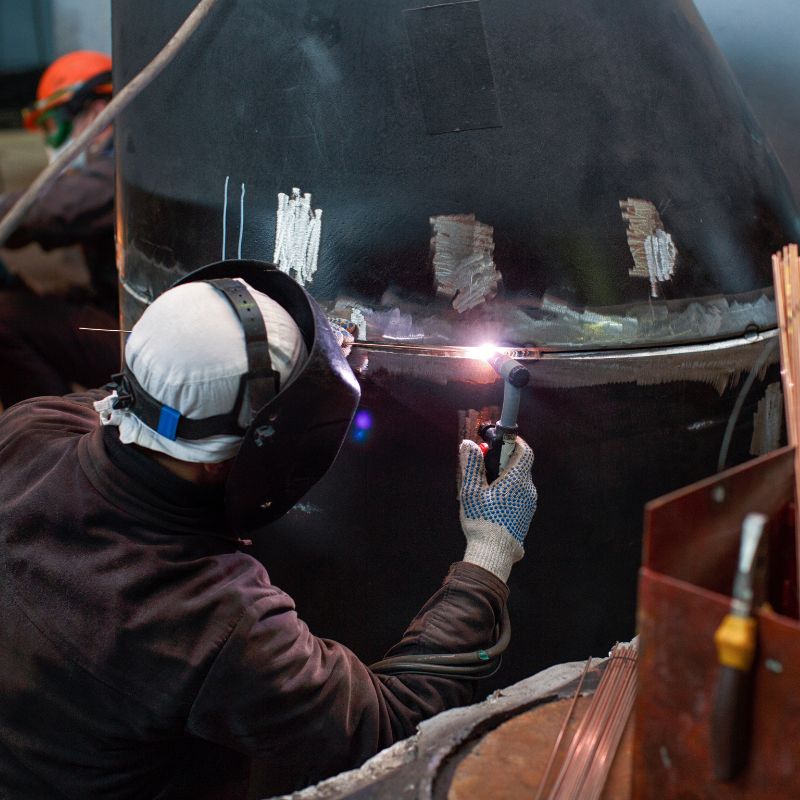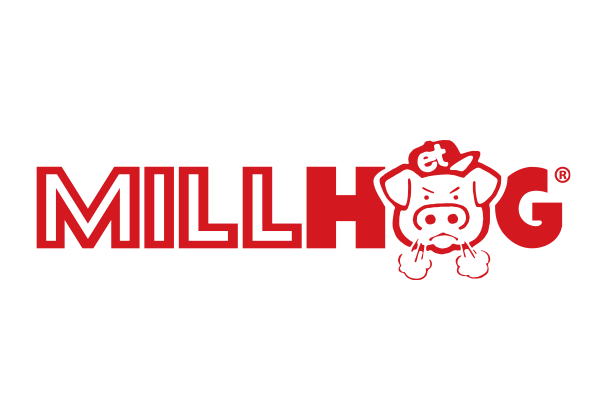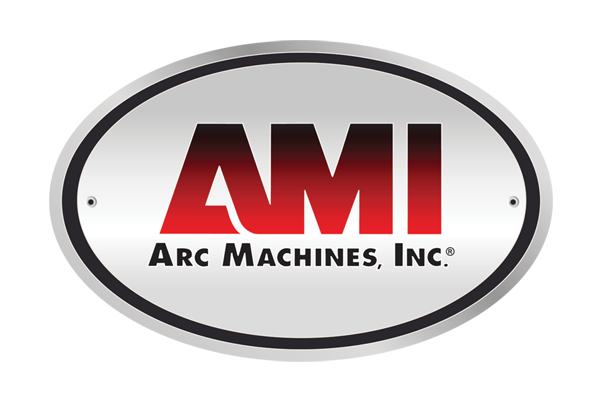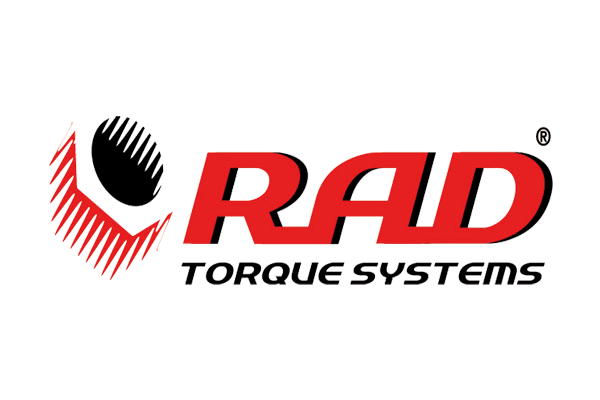What You Should Know About Beveling & Weld Preparation
Welding and beveling occasionally become two sides of the same coin. Beveling is necessary when attempting to weld metals that are too thick. Though it sounds complicated at first, beveling and welding go hand in hand. Here’s what you should know about beveling and weld preparation.
When To Bevel
Anything thicker than a quarter of an inch is worth beveling. When a pipe or metal plate is too thick to complete a weld reliably, it’s time to pull out some tube beveling equipment. You can get a more secure weld by reducing the thickness of the metal. Beveling the edges is necessary to fill the large majority of the gap with your weld. Without it, you are likely only bonding the upper part of the edges rather than welding more than half of a beveled piece.
Have a Secure and Clean Area
When welding metals together, you work with high amounts of heat. It’s ideal not to have anything get between your weld and the metal. You should clean surfaces covered in rust or other debris before you begin welding.
Grind the Metal Properly
As someone who uses heavy tools such as metal grinders, it’s important to have a healthy technique that does not strain your body over time. This is important when standing over a metal piece after a welding job. Grinding the metal to have a clean finish means using your arms to balance the tool and pushing your legs in the direction you want to grind. This prevents strain on your arms and wrists, allowing you to grind for longer periods without feeling the effects of it.
There is a lot that goes into a professional-grade weld. The steps to get there are not complex, but it takes time to get the proper technique down. By understanding what you should know about beveling and weld preparation, you set yourself up for success in the future.









